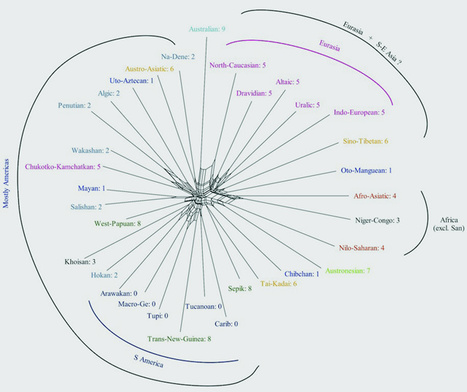Dutch linguists have developed a new method using Bayesian phylogenetic approaches to analyze the evolution of structural features in more than 50 language families.
The study explores how stable over time the structural features of languages are – aspects like word order, the inventory of sounds, or plural marking of nouns. “If at least some of them are relatively stable over long time periods, they promise a way to get at ancient language relationships,” the linguists stated in the paper. “But opinion has been divided, some researchers holding that universally there is a hierarchy of stability for such features, others claiming that individual language families show their own idiosyncrasies in what features are stable and which not.”
Using a large database and many alternative methods they show that both positions are right: there are universal tendencies for some features to be more stable than others, but individual language families have their own distinctive profile. These distinctive profiles can then be used to probe ancient relations between what are today independent language families. This work thus has implications for our understanding of differential rates of language change, and by identifying distinctive patterns of change it provides a new window into very old historical processes that have shaped the linguistic map of the world. It shows that there is no conflict between the existence of universal tendencies and factors specific to a language family or geographic area.
Via Dr. Stefan Gruenwald



 Your new post is loading...
Your new post is loading...








